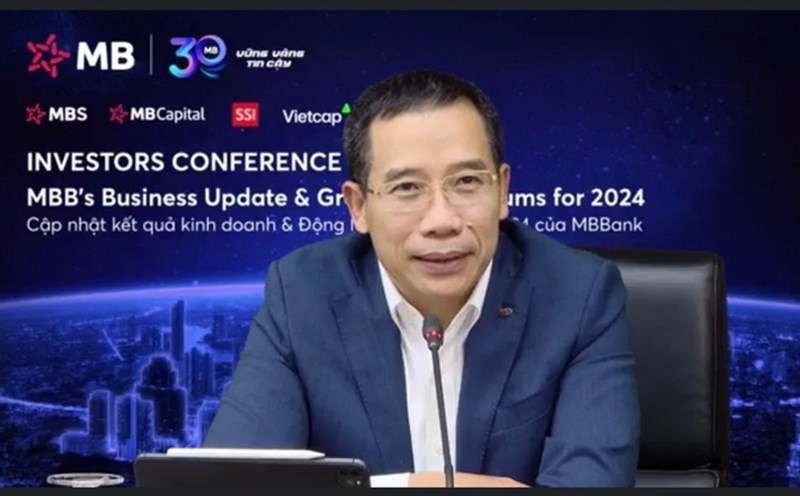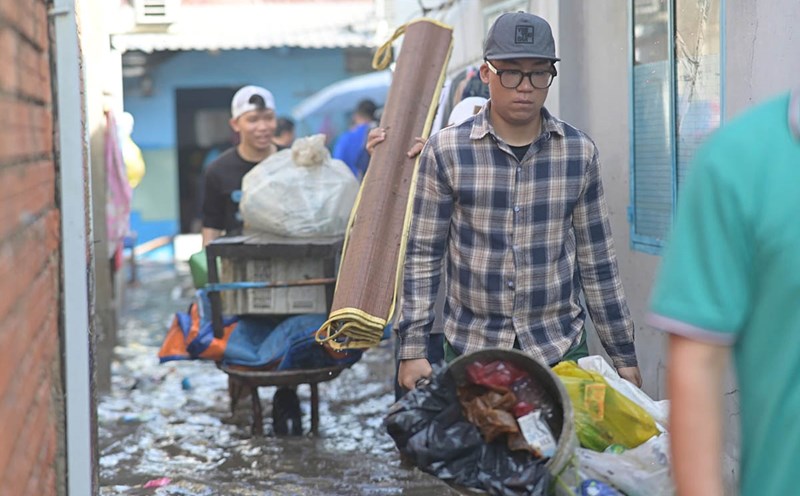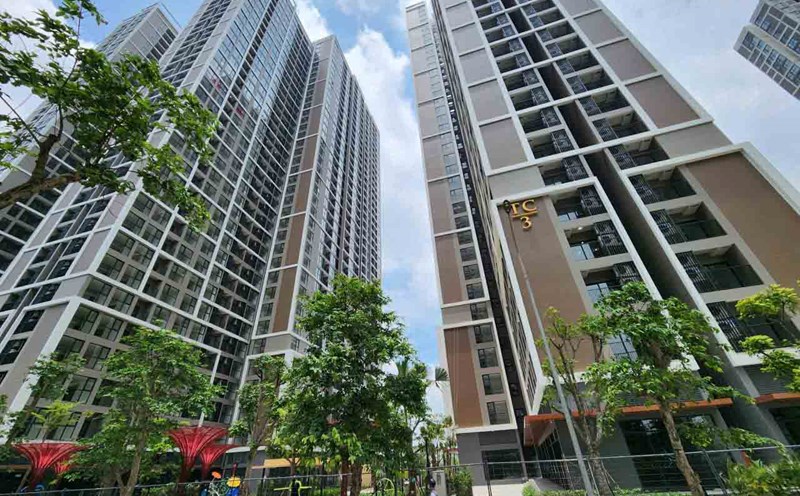At exactly 8:15 a.m. (local time) - the time the Little Boy nuclear bomb was dropped on Hiroshima by the American Enola gay plane on August 6, 1945 - hundreds of people wearing black, including officials, students and survivors, observed a minute of silence at Peace Park. Behind them is the dilapidated dome - the remnant of the Industrial Promotion Center - now becoming a painful symbol of a period of smoke and fire.
Speaking at the ceremony, Hiroshima Mayor Kazumi Matsui warned of the increased trend of arms race globally amid a world amid a security crisis, from the conflict in Ukraine to instability in the Middle East.
These developments are ignoring lessons from past tragedies and threatening to disrupt the peacekeeping structures that the international community has worked hard to build, he said.
The Hiroshima disaster killed about 140,000 people, not only because of the explosive power but also because of radioactive exposure in the following years.
Three days later, a second bomb fell on Nagasaki, killing another 74,000 people. On August 15, 1945, Japan surrendered, ending World War II.
Today, Hiroshima is a modern city of 1.2 million people, but the painful memories still live on in the hearts of survivors - known as hibakusha - and their successors.
Yoshie Yokoyama, 96, was in a wheelchair with her nephew. She said that her grandfather, parents and both parents-in-law were victims of the bombing.
My husband died shortly after the explosion, and my parents both died of cancer. People are still suffering, Yokoyama said in tears.
This year's memorial service recorded record participation from more than 120 countries and territories.











